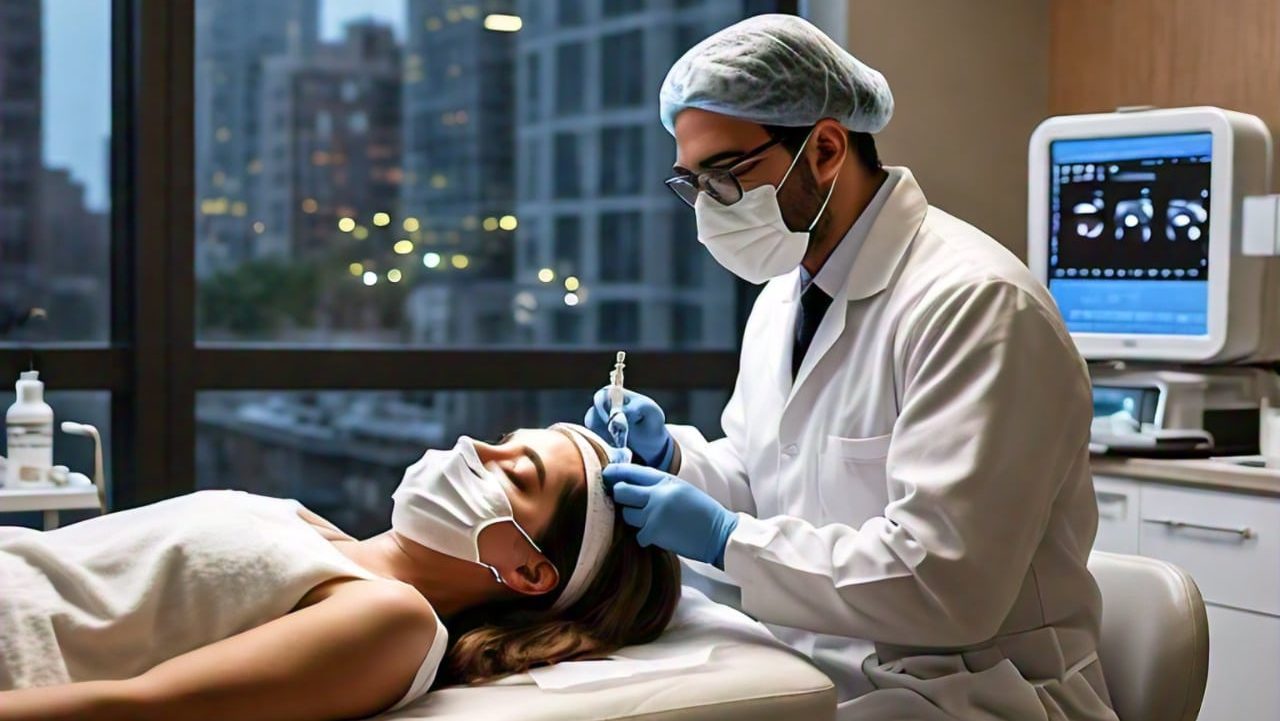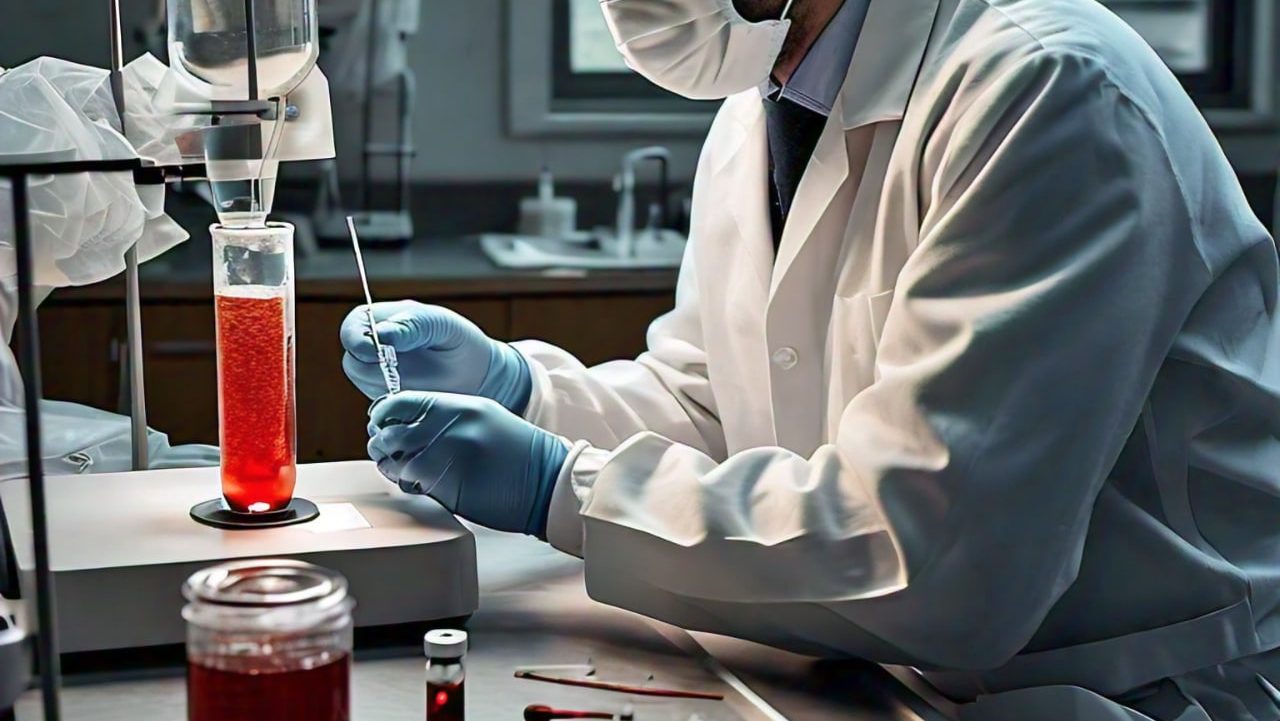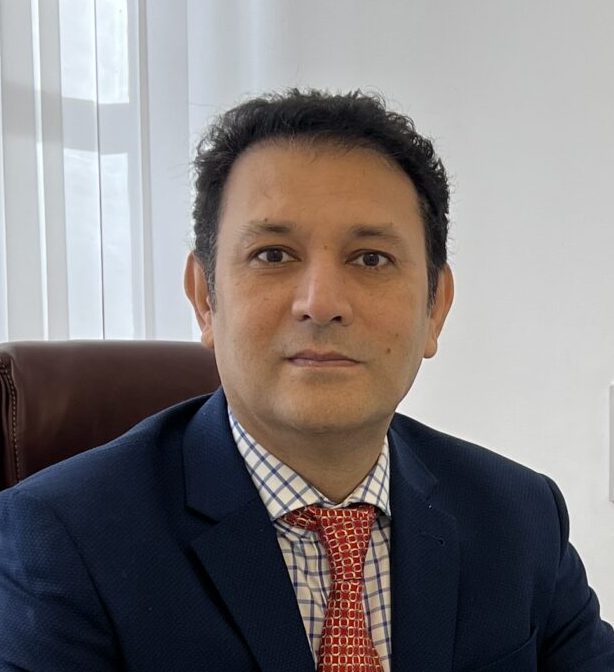In recent years, the medical world has seen a surge of interest in regenerative therapies that harness the body’s natural healing mechanisms. Among these, Platelet-Rich Plasma (PRP) therapy has emerged as a groundbreaking treatment, offering hope for patients across a wide spectrum of medical and aesthetic concerns. This minimally invasive procedure utilizes the patient’s own blood components to stimulate healing, reduce inflammation, and promote tissue regeneration. Now let’s know exactly What is PRP Treatment.
- Understanding What is PRP Treatment?
- The Science Behind PRP (Platelet-Rich Plasma) Therapy
- Applications of PRP (Platelet-Rich Plasma) Therapy
- The PRP Preparation Process: Ensuring Quality
- Benefits of PRP (Platelet-Rich Plasma) Therapy
- Considerations and Cost Factors In PRP Treatment
- Typical price ranges for PRP treatments vary by application:
- The Future of PRP (Platelet-Rich Plasma) Treatment
- Conclusion
Understanding What is PRP Treatment?

Now let’s find out What is PRP Treatment? At its core, PRP therapy is elegantly simple yet profoundly effective. The process begins with a small blood sample drawn from the patient’s arm. This sample is then treated with an anticoagulant, such as sodium citrate, to prevent clotting.
The magic happens when this blood is placed in a specialized centrifuge machine, which spins the sample at high speeds to separate its components based on density.
The centrifugation process results in the separation of blood into distinct layers: red blood cells at the bottom, white blood cells and platelets in the middle, and plasma at the top. The platelet-rich layer, containing a concentrated amount of growth factors and healing proteins, is carefully extracted. This golden elixir of healing is then injected back into the patient’s body at the site of injury or concern.
The Science Behind PRP (Platelet-Rich Plasma) Therapy
What makes PRP so effective is the high concentration of platelets it contains. Platelets are not just responsible for blood clotting; they are also rich in growth factors and cytokines that play crucial roles in the body’s healing processes. When injected into damaged or aging tissues, these growth factors stimulate:
- Neocollagenesis: The formation of new collagen, essential for skin elasticity and joint health.
- Neovascularization: The creation of new blood vessels, improving circulation and nutrient delivery.
- Increased nerve sensitivity: Enhancing the function and responsiveness of nerve endings.
These processes combined lead to accelerated healing, reduced inflammation, and improved tissue function. Want to learn how does PRP treatment work, and what makes it so effective, read this in detail here: How does PRP treatment work?
Applications of PRP (Platelet-Rich Plasma) Therapy
The versatility of PRP therapy is one of its most remarkable features. Its applications span various medical fields:
Dermatology and Aesthetics (PRP Skin Treatment):
- Facial rejuvenation, reducing fine lines and wrinkles
- Treatment of acne scars and other blemishes
- Hair restoration for both men and women
Orthopedics and Sports Medicine:
- Treatment of osteoarthritis in joints like PRP Treatment for Knee/Shoulder
- Healing of tendon injuries and ligament strains
- Accelerated recovery from sports-related injuries
Sexual Health:
- Addressing erectile dysfunction in men (PRP Treatment for Men)
- Treating orgasmic disorders, vaginal dryness, and urinary incontinence in women
Other Medical Applications:
- Dental procedures for improved healing after tooth extractions or implants
- Ophthalmology for certain eye conditions
The PRP Preparation Process: Ensuring Quality

The effectiveness of PRP therapy heavily relies on the quality of the PRP produced. Several factors influence this:
- Centrifuge Selection: High-quality centrifuges like the Arthrex Angel and ACPmax are preferred for their ability to separate blood components effectively.
- Spinning Technique: Practitioners may use either single or double spin methods. The double spin technique, involving two centrifugation stages, often results in higher platelet concentrations.
- PRP Kit: The choice of PRP kit is crucial for proper platelet activation and recovery.
- Centrifugation Parameters: The duration and force of centrifugation significantly impact the final platelet yield.
These technical aspects underscore the importance of choosing a skilled practitioner with access to advanced equipment for optimal results. Till now you should have know the answer of What is PRP Treatment.
Benefits of PRP (Platelet-Rich Plasma) Therapy
PRP therapy offers numerous advantages over traditional treatments, So now let’s find out what are the benefits on PRP Therapy:
- Natural and Autologous: Using the patient’s own blood minimizes the risk of allergic reactions or rejection.
- Minimally Invasive: The procedure is performed in a clinical setting with minimal discomfort and downtime.
- Versatile: PRP can be used alone or in combination with other treatments like microneedling or laser therapy.
- Long-lasting Results: Many patients experience prolonged benefits, especially with repeated sessions.
- Reduced Recovery Time: Compared to surgical interventions, PRP allows for quicker return to normal activities.
- Few Side Effects: The risk of complications is significantly lower than with many pharmaceutical or surgical options.
Considerations and Cost Factors In PRP Treatment
While PRP therapy offers promising results, it’s important to note that outcomes can vary depending on individual factors and the specific condition being treated. The cost of PRP therapy can also vary widely based on several factors:
- Geographic Location: Urban centers typically charge more than rural areas.
- Practitioner Expertise: More experienced and reputable clinicians may command higher fees.
- Equipment Quality: The use of advanced centrifuges and high-quality PRP kits can increase costs.
- Treatment Area: The size and complexity of the treated area affect pricing.
- Number of Sessions: Most conditions require multiple sessions for optimal results.
Typical price ranges for PRP treatments vary by application:
Let’s find out How much does PRP Treatment Cost for different application?
- Hair loss treatments: £500-£2,000 per session (typically 3-6 sessions required)
- Facial rejuvenation: £500-£1,500 per session (typically 3-6 sessions required)
- Joint pain or sports injury treatments: £500-£1,000 per session (typically 3-6 sessions required)
These prices often reflect the need for multiple sessions, typically ranging from 3 to 6 treatments.
The Future of PRP (Platelet-Rich Plasma) Treatment
As research in regenerative medicine continues to advance, PRP therapy is likely to see further refinements and expanded applications. Current studies are exploring its potential in wound healing, cardiac regeneration, and even neurological disorders.
Conclusion
Platelet-Rich Plasma therapy represents a significant leap forward in the field of regenerative medicine. By harnessing the body’s own healing mechanisms, PRP offers a safe, natural, and effective alternative for a wide range of medical and aesthetic concerns.
From rejuvenating aging skin to accelerating the healing of sports injuries, PRP’s versatility makes it a valuable tool in modern medicine. This was all about What is PRP Treatment and its benefits.
However, the success of PRP therapy heavily depends on the quality of preparation and the expertise of the practitioner. Patients considering PRP treatment should seek out qualified healthcare professionals who use advanced equipment and follow best practices in PRP preparation.
As with any medical treatment, it’s crucial to have a thorough consultation with a healthcare provider to determine if PRP therapy is the right choice for your specific condition.
With its promising results and minimal risks, PRP therapy continues to pave the way for more personalized and effective healing approaches in the years to come.





